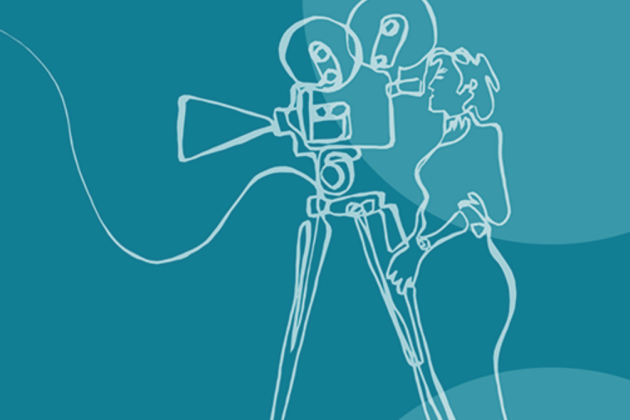Gender Equality Report: Swedish Film Institute Finds Female-Led Feature Films Spend More Than A Year Longer In Development Than Male-Led Projects

The Swedish Film Institute today launched its annual gender equality report. The survey ‘406 Days’, which looks at gender disparity in the development and production process, demonstrates that the average female-led fiction feature spends over one year longer in development than projects led by male filmmakers.
Highlights of the report include:
More from Deadline
Statistics show that although great improvements have been made in the film sphere, men are overwhelmingly the filmmakers behind the titles released
Funding:
The report showed that women in key positions have access to considerably lower budgets than men, and that the percentage of women in key positions decreases as budgets increase
Projects made by women are generally considered a higher financial risk, and that this therefore reduces the willingness to finance projects with higher budgets
A marked difference between the funding via private equity for films with male versus female directors
Investors tend to ask male entrepreneurs promotion-focused questions, i.e. ones that focus on opportunities, achievements and development. Female entrepreneurs are more often asked prevention-focused questions, i.e. ones that focus on potential pitfalls, risks and how they will be prevented
On average, more development fundings are granted to films with women in key positions (director, screenwriter or producer). However, development funding accounts for only a small percentage of a film’s overall budget, particularly when it comes to projects with a medium or high budget. Although film projects with women in key positions receive more development funding, the long development phase still leaves these filmmakers financially vulnerable.
The difference in the time it takes for female key positions to complete a film can be wholly explained by the longer time it takes for women from a film being granted its first development funding to its being granted a Letter of Intent (LOI), a confirmation of production funding from the Swedish Film Institute
For all development funding applications, the Director key function has the lowest proportion of women with 41 percent, while the corresponding proportion for Screenwriter is 47 percent and Producer 49 percent
For first time funding applications, only 35 percent of the applications were for films with a female director, and 38 percent were for films with a female screenwriter. As producers women represent 45 percent of these films, which is a far more equal gender distribution than for the two other key positions.
Production:
Of the 358 new film projects among the applications for development funding 2016–2017, 31 films were eventually released (as of October 2021). Looking at the process as a whole, it is clear that women drop off to a greater extent than men. Only among directors do we see an increase in the percentage of women from first application to release. It is noteworthy though that films with female filmmakers drop off later in the process. On the one hand this could be interpreted as women filmmakers being given greater opportunity to explore and develop their film ideas, but it could also mean that they are tied for longer than men to projects that do not ultimately result in a film being made
It generally takes longer for films with women in key positions to be completed. This is particularly evident for film projects with female screenwriters. For these it takes 406 days longer on average than projects with men from first development funding to actual release. This means that it takes an average of four years, four months for films with female screenwriters to be completed
Films with female directors take an average of 138 days longer to be completed than films with male directors. The gender of the producer, however, does not appear to affect the length of time
Documentary confounds the trends
The opposite is true for feature-length documentary film is the opposite of feature-length fiction film. For all key positions, it takes longer for men to complete than for women. It is primarily the production phase that is longer for men.
Looking at overall development funding applications for documentary film, it is clear that as with feature-length fiction film, gender equality varies across the years but has relatively equal gender distribution in the various key positions
Of the documentary films monitored since the first application in 2016–2017, women represent 45 percent of the directors, 48 percent of the screenwriters and 47 percent of the producers for the 32 films that were released
The report is primarily based on quantitative analyses of the Swedish Film Institute’s own data, looking at films released in the past five years, and then to look back by analysing what the process was like for them, from initial development funding to finished film.
In 2014, the Swedish Film Institute was the first public film financing body to achieve gender parity in public film funding. With the minister for Culture and Democracy from Sweden and the minister of Culture from France, the Swedish Film Institute organized a successful event in Cannes 2016, where the Swedish Film Institute launched “50/50 by 2020”, which has had a wide-reaching impact on the global film industry.
Best of Deadline
NFL 2022 Schedule: Primetime TV Games, Thanksgiving Menu, Christmas Tripleheader & More
TV Cancellations Photo Gallery: Shows Ending In 2022 & Beyond
Sign up for Deadline's Newsletter. For the latest news, follow us on Facebook, Twitter, and Instagram.

 Yahoo Movies
Yahoo Movies 
